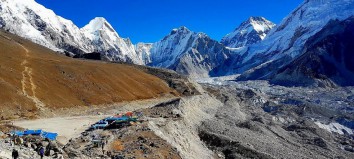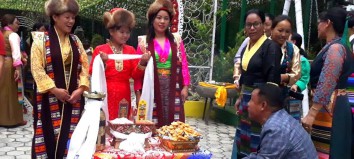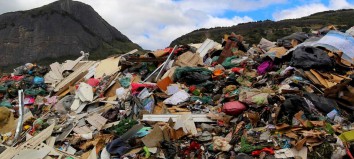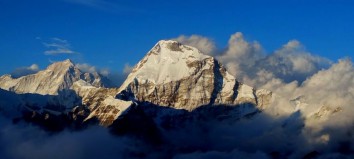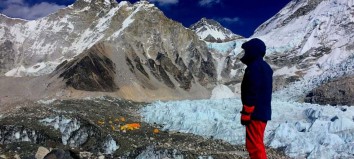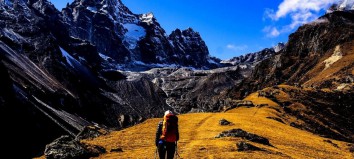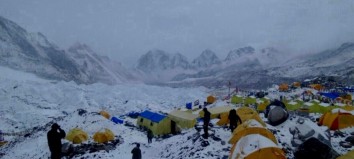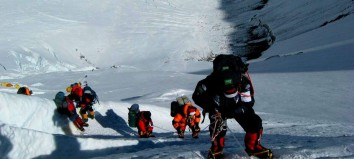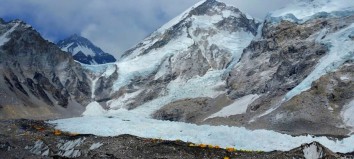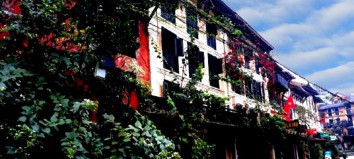History Of Gyalwang Drukpa
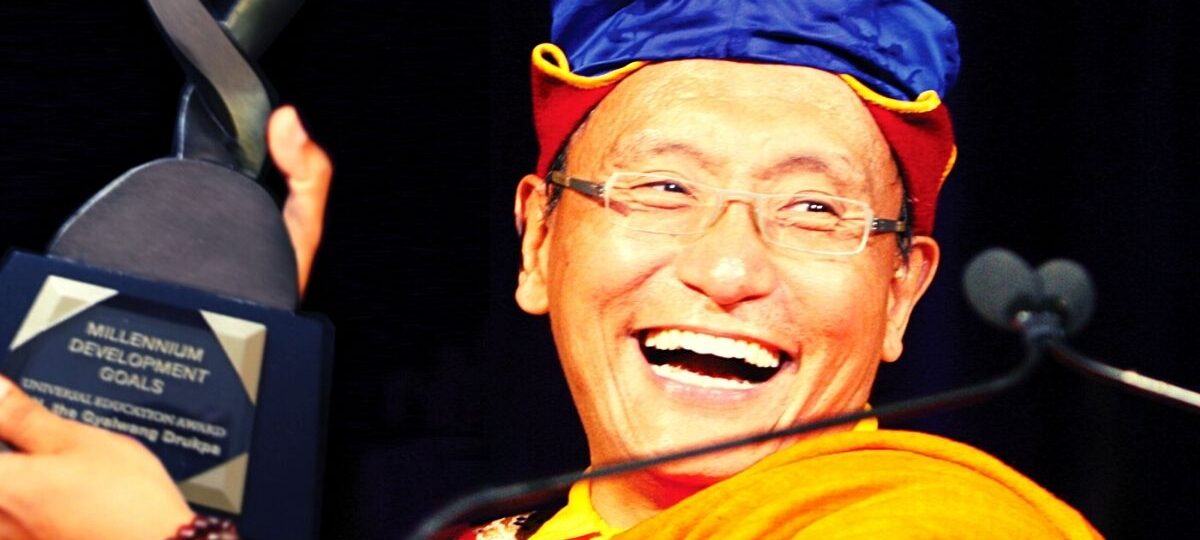
His Holiness Pema Wangchen, the Gyalwang Drukpa is the 12th incarnate head of the Drukpa kagyu lineage. He is considered the emanation of Chenrezig, the Great Compassion and King of Shambhala. He is the reincarnation of Naropa and Gmapopa. The Drukpa Kargyu is one of the main schools within the thousand-year-old Kargyu order.
The Kagyu order, which was founded by Gampopa in the 12th century, is a line of exercises through which spiritual realization and perfect enlightenment can be achieved in a life-like Gampopa’s master, Tibet’s most famous hermit, the singing yogi Milarepa. The unique teachings imparted through the Kagyu lineage are known as the six yogas of Naropa and the oral medication of Mahamudra. In addition to these teachings, the Drukpa Kagyu pathway also offers special meditative instructions known as The Six Same Tastes and the Seven Auspicious Teachings.
The current Gyalwang Drukpa is the 12th tulku, or incarnation, one of the early patriarchs of the Kagyu lineage of the 12th-century saint and Siddha Tsaangpa Gyare. The Gyalwang Drukpa embodies, represents, and directs the Drukpa Kagyu school by receiving and giving away its accumulated spiritual energy.
Tibet’s Vajrayana Buddhism regarding tulkus teaches that although perfect enlightenment frees one from the forces that lead to rebirth and death, an enlightened intelligence that goes beyond self-centered egoism can purposely continue to operate in this illusory world for the benefit of all sentient beings and all are liberated. Thus, tulkus or incarnate bodhisattvas like the Dalai Lamas, the Karmapa’s, and the Gyalwang Drukpas continue to appear on earth, in the service of the Dharma and beings.
Who is Gyalwang Drukpa?
The 12th Gyalwang Drukpa was born in 1963 in Rewalsar, North India, during the Lama dances that celebrated the auspicious 10th day of the first Tibetan month in Tso Pema, the lotus lake that is sacred to Guru Padmasambhava. From the highest Nyingmapa leader, H.H. Dudjom Rinpoche, he was named Jigme Pema wangchen that day. He considers this name very precious and blessed among those received from many different masters.
A few years earlier, in 1960, the 11th Gyalwang Drukpa at the age of 30 had died in a refugee in Buxa, West Bengal, after an arduous escape from Tibet on foot. After six years of his followers’ search for the reincarnation of the Grand Lama, supported by rites and rituals that were performed by the Dalai Lama, Gyalwang Karmapa, Dudjom Rinpoche, and Sakya Trinchin at the suggestion of their holiness, the four-year-old Drukpa Tulku was found in Dalhousie, India.
His father is the Nyingmapa master Bairo Tulku Rinpoche, 36th incarnation of Vairocana, Guru Padma sambhaba’s famous student, and a well-known translator. Bairo Rinpoche is the former abbot of the Kathok Secure Monastery in Kham, Eastern Tibet. Gyalwang Drukpa’s mother is a student of Dzogchen Rinpoche, Dudjom rinpoche, and many great lamas, she is the daughter of a yogi. Jigme Pema wangchen was officially recognized as the 12th Gyalwang Drukpa incarnation by Her Holinesses, the Dalai Lama, and Karmapa, as well as other Grand Lamas. It was officially founded in Dharamsala, India, in 1966 by H.H. the Dalai Lama and in 1967 enthroned from his own Dotsok monastery in Darjeeling, West Bengal. There he was educated by his principal guru, the late Drukpa Kagyu reigned khyabje thuksay rinpoche, as well as by the venerable Khenpo Noriang; Khenpo Ngawang chief abbot of Drukpa Kagyu; Khenpo Ngawang chodak, official tutor of young Gyalwang Drukpa; and Bairo Rinpoche, his own father. From them, the 12th Drukpa took his own unique piece of the Nyingmapa tradition personally from the great Dzogchen master H.H. Dudjom Rinpoche up again.
